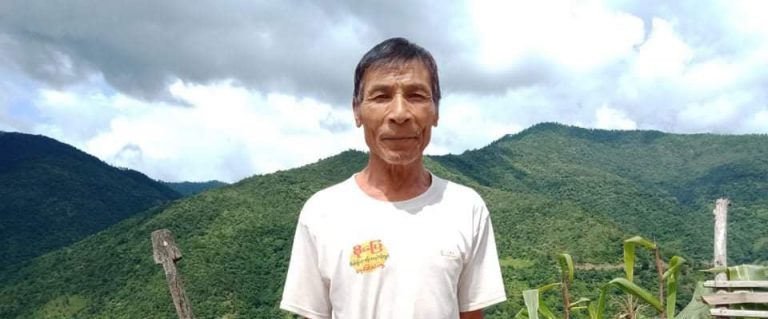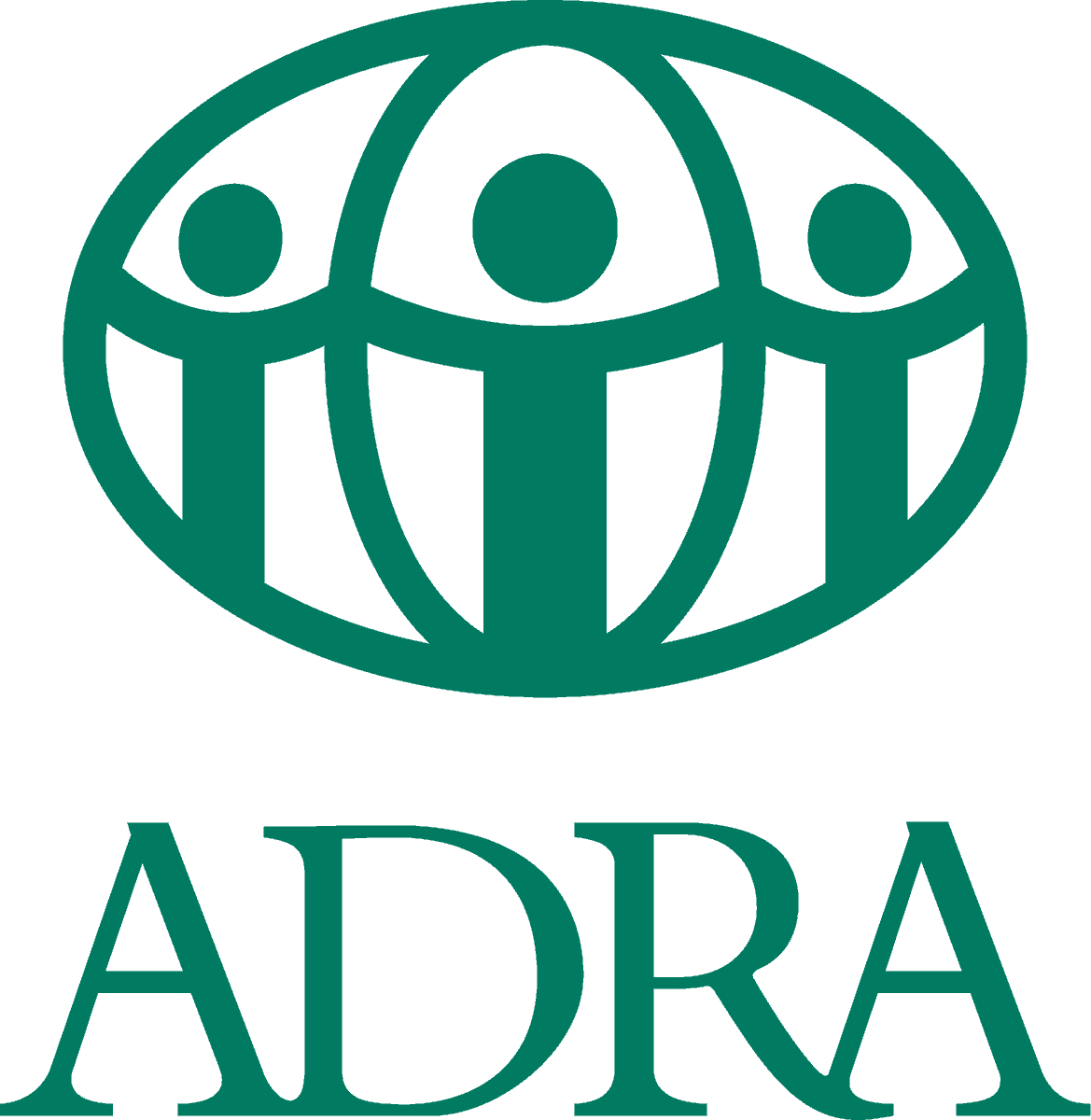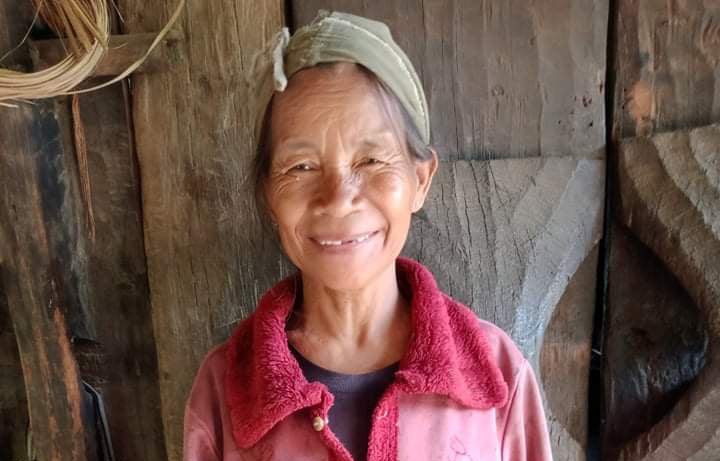COVID-19
background & overview
The Coronavirus Disease, commonly known as COVID-19, was first detected in Wuhan Province, China. An infectious pneumonia like disease, China reported its first cases to the World Health Organisation (WHO) on the 31 December 2019. By 30 January 2020, it was declared a Public Health Emergency of International Concern as it began to spread to new countries, the first being Thailand, through international travel.
As the number of positive cases increased, WHO declared COVID-19 a pandemic on 11 March 2020. While cases have slowed down in China, other countries are considered new epicentres for the virus including the United States of America and Europe.
The COVID-19 virus is spread primarily through droplets of saliva or discharge from the nose when an infected person coughs or sneezes. Majority of people infected with COVID-19 will experience mild to moderate respiratory illness and will recover without requiring special treatment. The elderly or those with underlying health conditions such as cardiovascular disease, diabetes, chronic respiratory disease or cancer, are more likely to develop serious illness.
Vaccines continue to be developed and distributed around the world with restrictions easing as time goes on.
Did you Know?
The best way to prevent and slow down transmission is to be well informed about the COVID-19 virus, the disease it causes, and how it spreads. Protect yourself and others from infection by implementing these few steps:
Wash your hands regularly with soap and water, or clean them with alcohol based hand rub or sanitiser
Maintain at least a 1 metre distance between you and anyone coughing or sneezing
Avoid touching your face, especially including your eyes, nose and mouth
Cover your mouth and nose when coughing or sneezing with a tissue to dispose or your elbow
Stay at home if you are feeling unwell and contact the health authorities if you present symptoms
Practice physical distancing by avoiding unnecessary travel and staying away from large groups of people
Wear a face mask correctly that covers your nose and mouth whenever you leave home
Videos
Our Reach
Government and ACS Schools
Households of 27,957 Beneficiaries
Target Villages in Chin and Kayin States
Our response
ADRA Myanmar responded to the COVID-19 pandemic through the sectors of WASH, Health and Livelihoods. Our activities primarily revolved around distributions of hygiene materials, food items, and awareness raising through posters and trainings.
Distributions were completed in 3 projects thanks to a reallocation of funds including SURE, PRICE and SEAQE2
Here are the ways we provided support and relief to vulnerable communities in the Chin and Kayin States:
18,800+
A4 flyers on cough etiquette and COVID-19 prevention
64+
Awareness posters on prevention and hand washing
256
500ml liquid hand soaps distributed to schools
1,469
60g bars of soap distributed to schools and villages
2,751
Viss of beans distributed to vulnerable households
1,727
Bags of Rice distributed to vulnerable households
917
Bottles of oil distributed to vulnerable households
121
Protective Masks distributed by Government Health Workers
65
Alcohol based Hand Gels distributed
21
Gloves distributed by Government Health Workers
9
Thermal thermometers distributed
7
Hand wash basins installed in public spaces
NEWS



